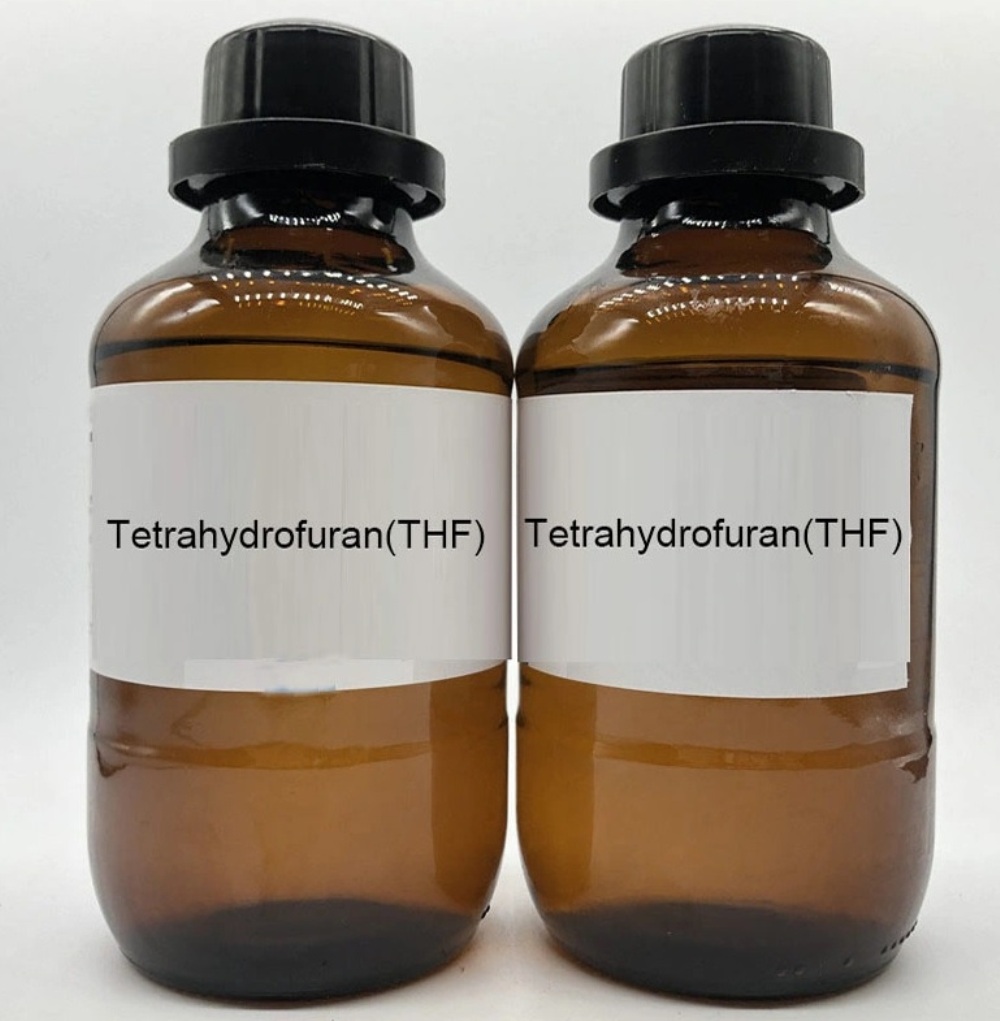
The global market for rheumatoid arthritis treatments is expected to grow at a CAGR of...
Learn More
Our consulting solutions address company specific challenges with respect to micro environment...
Learn More
Organizations frequently need day-today research guidancein order to gain strategic...
Learn More
Exploring different areas of market research and market analysis is a key factor...
Learn MoreAcute Market Reports presents the most extensive global business research services across industries. Our research studies focus on potential outcomes, benefits, and risks associated with each market segment across geographies. Having served our global clients for more than 10 years, our prime priority is to enable our clients in making well-informed business decisions through a data-driven, analytical, and uncomplicated research approach.
We provide access to the world's most comprehensive, analytical, and updated business intelligence services and solutions.




The refinish paint market plays a pivotal role in the automotive and industrial sectors, offering solutions for surface finishing and protection. The refinish paint market is expected to grow at a CAGR of 4.8% during the forecast period of 2025 to 20...
Read More
The fitness equipment market is expected to grow at a CAGR of 5.5% during the forecast period of 2025 to 2033, propelled by health consciousness, the home fitness boom, and technological innovations. However, affordability remains a challenge for cer...
Read More
The tetrahydrofuran (THF) market is expected to grow at a CAGR of 7.1% during the forecast period of 2025 to 2033, driven by its versatile applications across various industries, including pharmaceuticals, chemicals, and polymers. Key conclusions fro...
Read More




